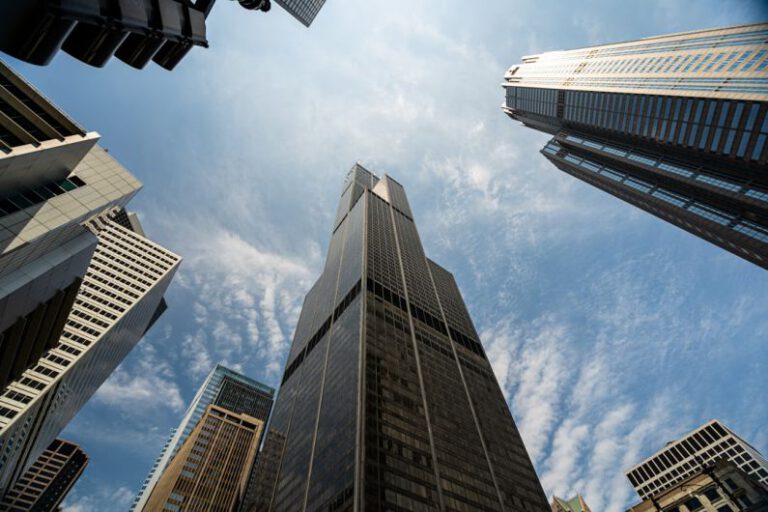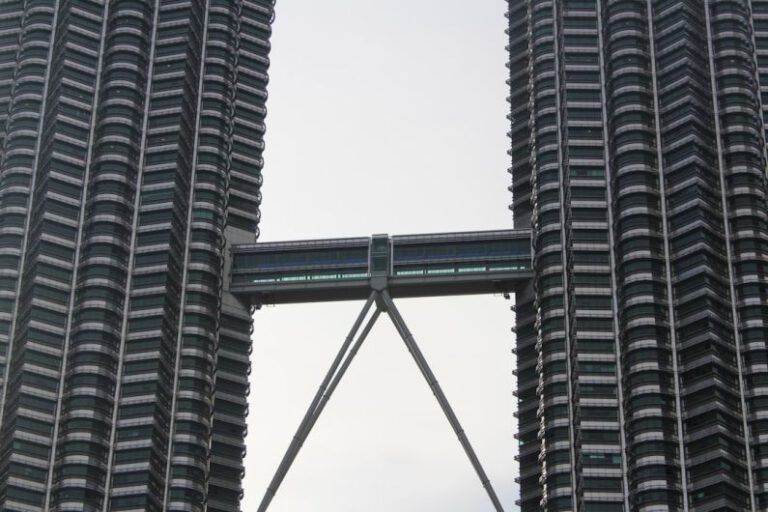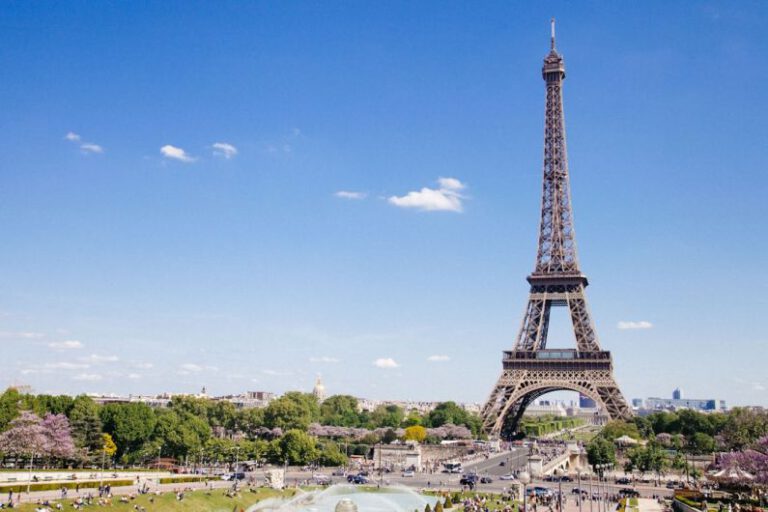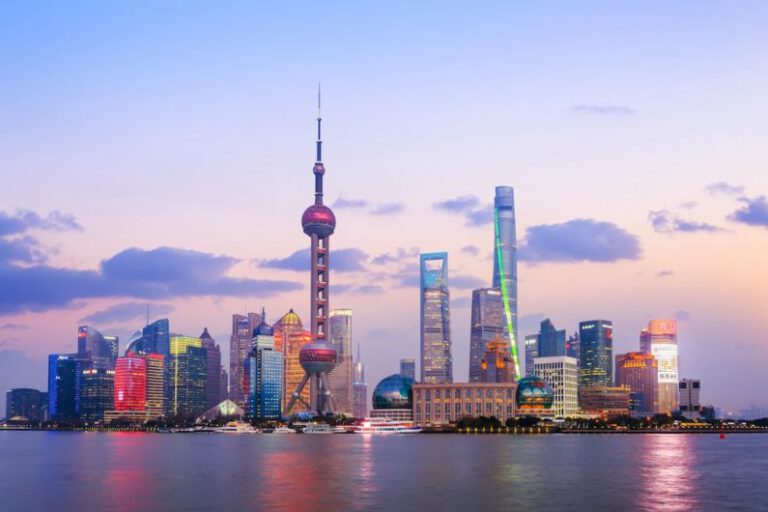The Evolution of the Empire State Building
Standing tall and proud in the heart of New York City, the Empire State Building is an iconic architectural wonder that has captivated the world since its completion in 1931. With a rich history and a significant impact on the city’s skyline, the evolution of this majestic skyscraper is a fascinating journey through time, innovation, and resilience.
The Birth of an Icon
In the early 1930s, during the peak of the Great Depression, the Empire State Building emerged as a symbol of hope and progress in the face of adversity. Designed by William F. Lamb of the architectural firm Shreve, Lamb, and Harmon, the building was envisioned as a beacon of modernity and a testament to American ingenuity. Construction began in 1930, and in just over a year, the skyscraper rose to its full height of 1,454 feet, making it the tallest building in the world at the time.
A Marvel of Engineering
The Empire State Building was a marvel of engineering, pushing the boundaries of skyscraper design and construction techniques. The use of a steel frame allowed for the building to reach unprecedented heights, while the innovative Art Deco style of the exterior gave it a distinct and timeless aesthetic. The building’s spire, originally intended as a mooring mast for dirigibles, added to its grandeur and solidified its status as a symbol of progress and ambition.
Enduring Legacy
Over the decades, the Empire State Building has stood the test of time, remaining a beloved symbol of New York City and a testament to the enduring spirit of its creators. Despite facing challenges such as economic downturns and changing architectural trends, the building has retained its place as an architectural icon and a must-see destination for visitors from around the world. Its observation decks offer panoramic views of the city, further solidifying its status as a cultural landmark and a symbol of urban achievement.
Renovations and Sustainability
In recent years, the Empire State Building has undergone significant renovations aimed at improving its energy efficiency and sustainability. The building’s retrofitting with energy-efficient technologies and green initiatives has not only reduced its environmental impact but also positioned it as a leader in sustainable design and operation. By embracing modern technologies and practices, the Empire State Building continues to evolve and adapt to the demands of a changing world while preserving its historic charm and significance.
A Beacon of Resilience
Throughout its storied history, the Empire State Building has weathered countless storms, both literal and metaphorical. From surviving the Great Depression to enduring the tragedy of 9/11, the building has stood as a symbol of resilience and strength in the face of adversity. Its enduring presence in the New York City skyline serves as a reminder of the city’s ability to rise above challenges and emerge stronger and more united.
The Future of an Icon
As the Empire State Building enters its ninth decade, its legacy continues to inspire awe and admiration among all who gaze upon its majestic facade. With ongoing efforts to enhance its sustainability and adapt to the demands of a rapidly changing world, the building remains a shining example of architectural excellence and urban innovation. As it continues to evolve and adapt to the needs of the present and future, the Empire State Building will undoubtedly remain a timeless symbol of human achievement and ingenuity for generations to come.






